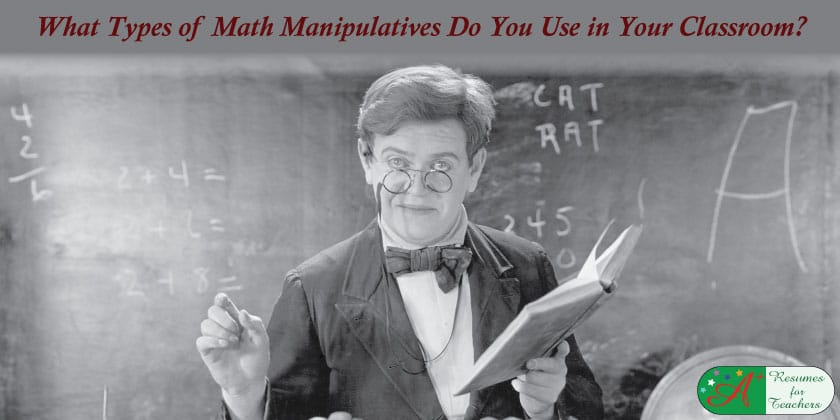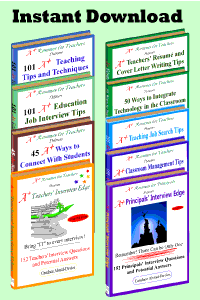In my mathematics classroom, I believe in the power of hands-on learning and the use of manipulatives to enhance students’ understanding of mathematical concepts. I utilize a diverse range of math manipulatives, both concrete and virtual, to cater to different learning styles and provide multiple avenues for conceptual understanding.
Concrete math manipulatives, such as attribute blocks, geometric shapes, plastic counting cubes, base ten blocks, and fraction pieces, play a crucial role in facilitating students’ exploration and discovery of mathematical concepts. For example, when introducing fractions, I provide students with fraction pieces to manipulate and explore the concept of parts of a whole visually. This hands-on experience allows students to develop a concrete understanding of fraction relationships, such as equivalent fractions and addition or subtraction of fractions.
Similarly, base ten blocks are instrumental in helping students grasp place value concepts and perform operations on multi-digit numbers. By physically manipulating the blocks to represent numbers, students develop a deep understanding of the relationship between ones, tens, hundreds, and thousands, laying a solid foundation for future mathematical learning.
In addition to concrete manipulatives, I also incorporate virtual manipulatives into my lessons to extend students’ learning beyond the physical classroom. Virtual manipulatives, accessible through educational websites or interactive math software, provide students with opportunities to explore mathematical concepts in a dynamic and interactive virtual environment. For example, I may use virtual fraction bars or number lines during online instruction to demonstrate fraction operations or support students’ understanding of decimals.
The use of math manipulatives has a profound impact on my classroom by promoting active engagement, fostering critical thinking, and enhancing conceptual understanding. Students are actively involved in the learning process as they manipulate physical or virtual objects to solve problems and make connections between mathematical ideas. Moreover, manipulatives provide visual and tactile representations of abstract concepts, making math more accessible and meaningful to students of all abilities.
Overall, the strategic integration of math manipulatives into my instruction enables me to create rich and immersive learning experiences that empower students to become confident and proficient mathematicians.


